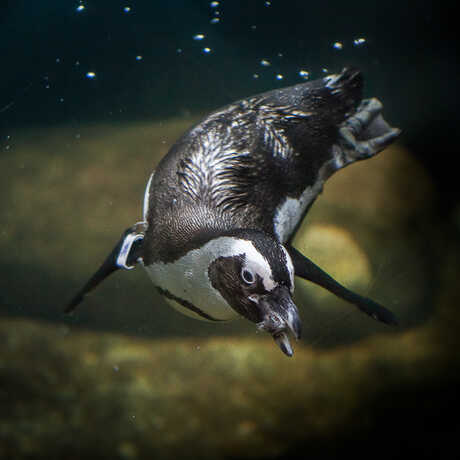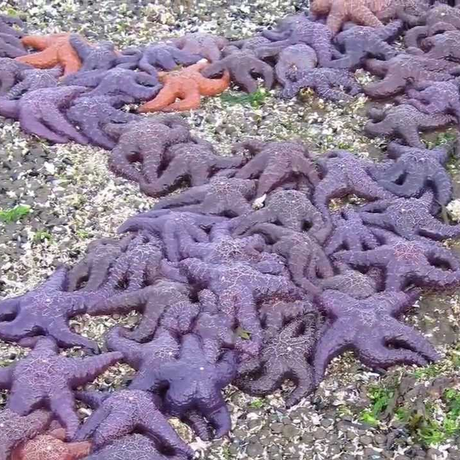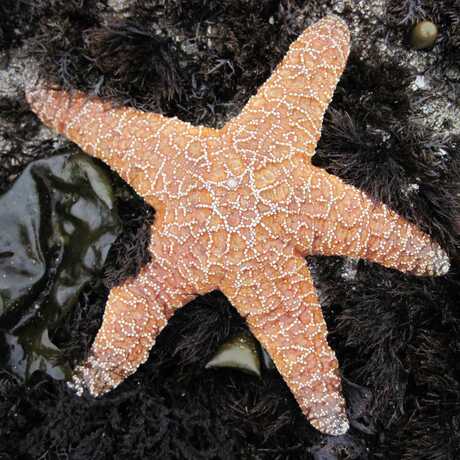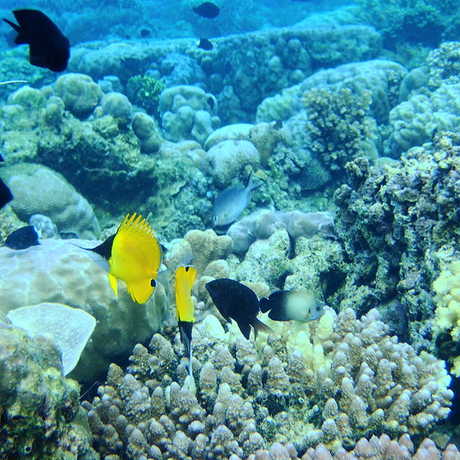Our Work
Gulf Sun Star
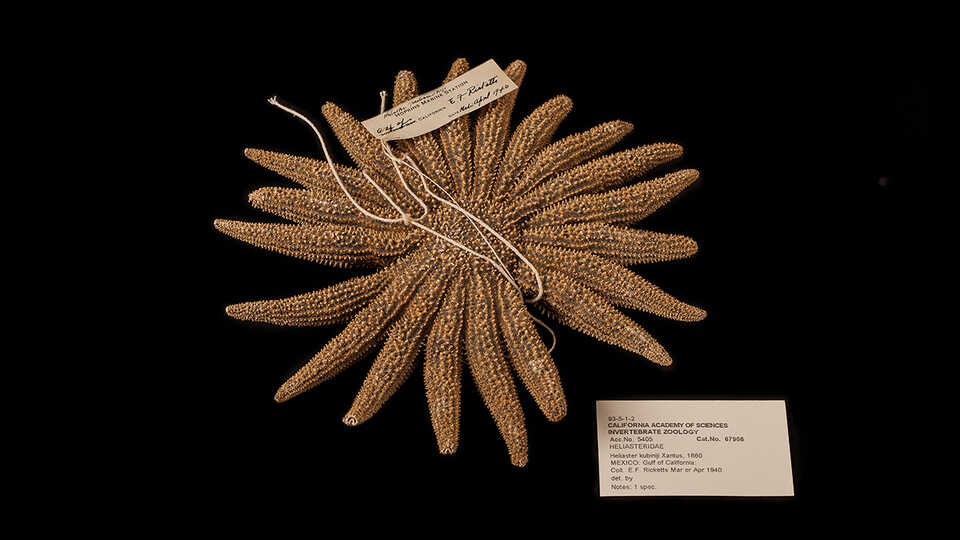
“Some animals began to emerge as ubiquitous. Heliaster kubiniji, the sun-star, was virtually everywhere,” wrote John Steinbeck in The Log from the Sea of Cortez, a day-by-day account of his 1940 expedition to the Gulf of California with his friend, marine biologist Edward Ricketts. The gulf sun star was ubiquitous indeed, as it was one of the top predators in the area until 1978, when El Niño brought warmer sea temperatures and "sea star wasting syndrome" (SSWS), a disease that causes sea stars to break apart and die. The gulf sun star never fully recovered from this population crash, and it remains rare or absent in parts of the Gulf today.
H. kubiniji is an apex predator with no known natural predators of its own, and though it feeds on other intertidal creatures such as mollusks, crabs, sea anemones, and sea cucumbers, its main prey is the barnacle, Chthamalus anisopoma. Like all sea stars, the sun star’s mouth is located in the center of its body. Once it drapes itself over a meal, it forces its stomach out of its mouth to digest prey.
Range
H. kubiniji inhabits the intertidal zone along Mexico’s Gulf of California, as well as parts of the Pacific Coast from California to Nicaragua.
Sea Star Wasting Syndrome
Scientists are working hard to address the mysterious ailment known as "starfish wasting disease," which is afflict sea stars around the word and decimating entire populations. Early signs of the syndrome include lesions and tissue decay, which worsen until the sea star’s water vascular system—which it uses to move, breathe, and eat—breaks down.
Collections overview
Marine biologist Edward Ricketts collected four of the Academy’s forty specimens of H. kubinji. Ricketts was a pioneer in the study of intertidal ecology and published Between Pacific Tides, a definitive guide to intertidal life, in 1939. Author John Steinbeck, a close friend of Ricketts, collaborated with him to create The Log from the Sea of Cortez, published in 1951.
What's in a name
Confused by the terms “sea star” and “starfish”? They both refer to the same group of echinoderms (not fish), which are spiny-skinned creatures that include sea lilies, urchins, and sea cucumbers. Much like "jellyfish," however (which are also not fish), the word "starfish" is accepted and often-used term.
Explore IZG projects and expeditions, meet curators and researchers, and browse some of the 2.5 million specimens in the collection.
Be mesmerized by colorful coral reef fish, soaring stingrays, and adorable African penguins—streaming live to your device, 24/7.
